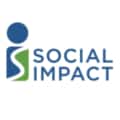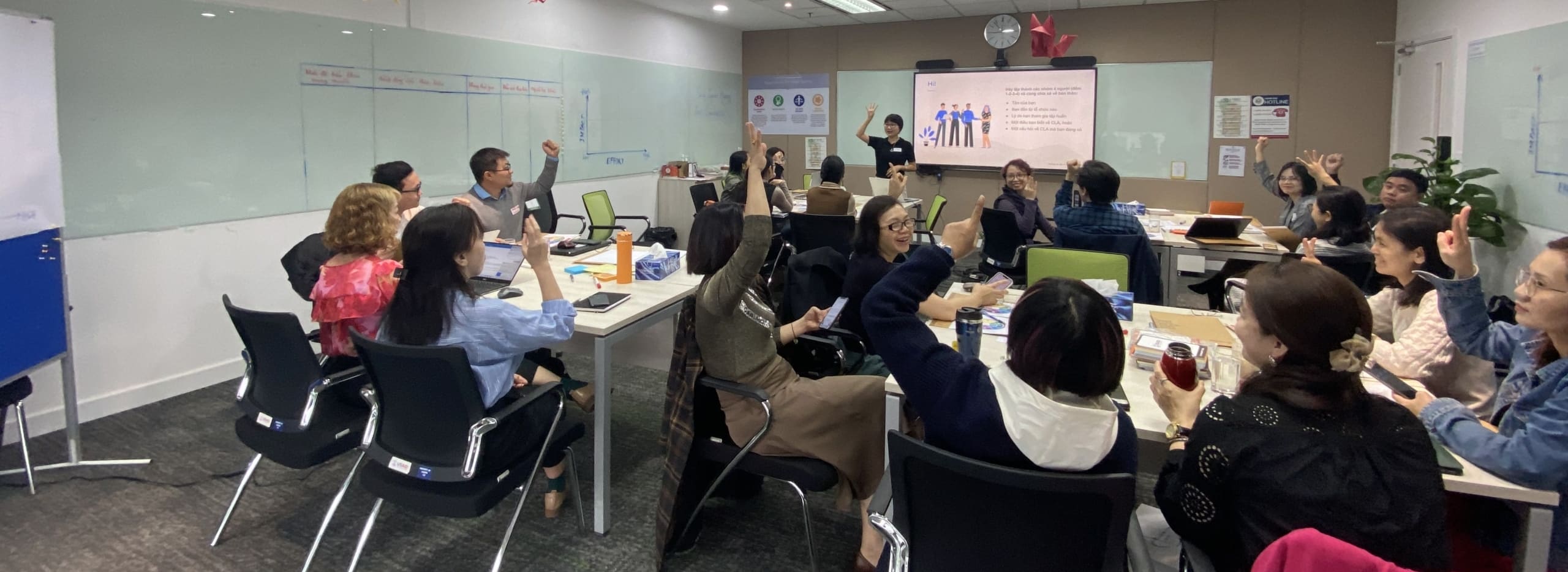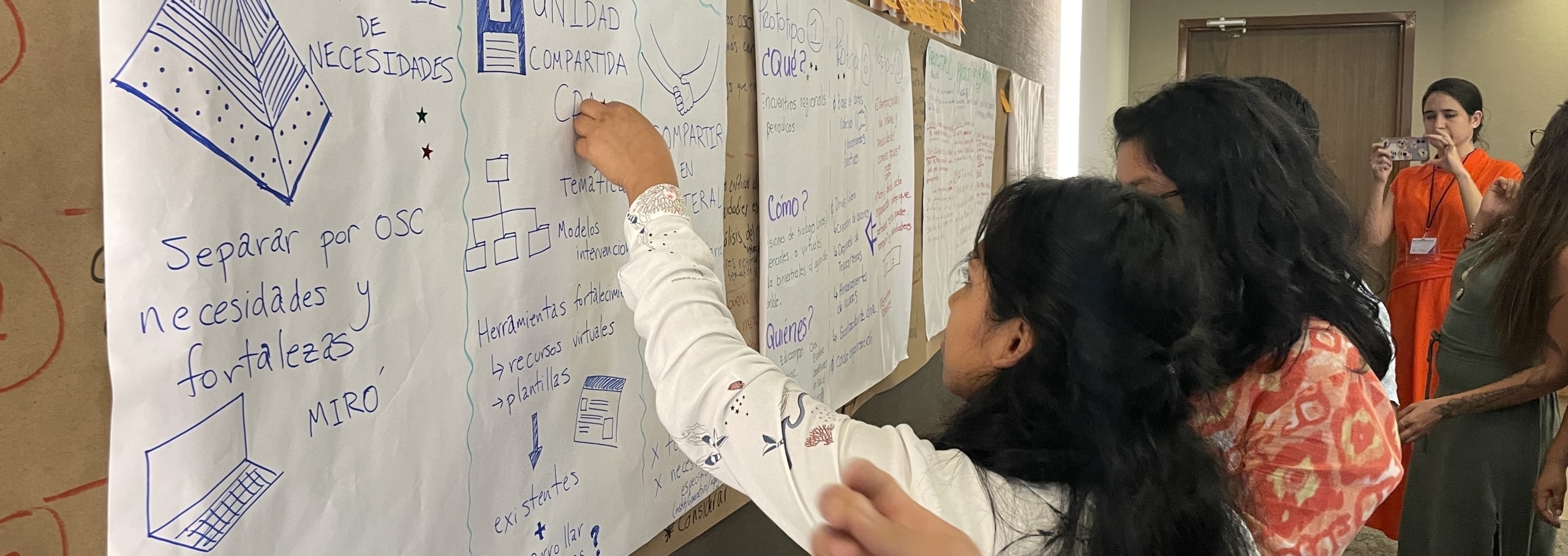By Monalisa Salib, Social Impact Senior Director of Organizational Learning and Katherine Haugh, Global Knowledge Initiative, with credit to many thought partners along the way (see the full list of kudos at the end of this blog).
As organizational learning professionals, we are frequently asked about how to create an organizational learning plan and how to put it into practice. This is the third blog — a grand finale if you will — of a three-part blog series on this topic. Our first blog covered what an organizational learning plan is, the second blog outlined the steps for creating one, and this blog details how to put the plan into action, common challenges that arise and what to do about them.
You have an organizational learning plan. Now you want to implement it. What do you do?
Well, what was in the plan?! No, but seriously, if you have a plan and then you can’t figure out what to do next, it was not a good plan.
Who is responsible for implementing the plan?
In addition to reinforcing that it is everyone’s responsibility to contribute to organizational learning, you also need several critical roles filled in order to make sure learning happens:
- Someone should be designated in the plan as responsible for ensuring that it gets implemented. This is typically a Monitoring, Evaluation and Learning (MEL) manager.
- An additional person should be designated as responsible for ensuring that learning is used. This has to be management — a Chief of Party or Deputy or a division director. Learning has to be integrated into management and decision-making. If not, it’s not going to work.
What is the first step in implementing it?
It’s important to give people a sense of the learning journey you are about to embark on so they know what to expect and feel included. Give people a sense of the big picture — where are we headed with this learning, what does it inform? But also break the process into smaller chunks. First we’re going to gather information, then we’re going to synthesize it, then we’re going to talk about it. When we talk about it, we’re going to figure out what we should do about it. It’s really that simple.
When and how often should you update your organizational learning plan?
As mentioned in the previous blog, you also will want to reflect on what is working in the organizational learning plan and what is not. Because you started with a minimum viable product, you should be thinking constantly about updating and improving it. Having structure around this will be helpful — for example by scheduling quarterly reviews of the learning plan to consider what is working and how you know its working.
Incentives, structures, and competencies related to organizational learning
For organizations to really be “learning organizations,” individuals need to be “learning professionals.” The purpose of the plan is ultimately to inspire large scale behavior change on an individual and organizational level where people are intentionally taking up learning mindsets and behaviors and integrating them into organizational processes and policies.
It has to start with individuals. This looks like: people being self-aware, honest, curious, and open-minded. How can you recruit people who demonstrate these adaptive capacities and set up your organization writ large to reinforce the value and generation of these competencies? Then, once you have your team, how can you further develop these competencies (we love CRS’s approach to evaluative thinking for inspiration).
This is part of an overarching approach to incentivizing and rewarding learning behaviors all the time — for example USAID LEARN’s actions of nominating and celebrating quarterly learning champions for their learning behaviors. This should be something that is baked into the organization — in performance evaluations, formal feedback, celebrations, etc. to turn it from an organizational learning plan into an organizational learning culture.
Common challenges that come up when implementing an organizational learning plan and what to do about them
Note the suggestions below are not to be confused with one-size-fits-all solutions. They are not simply tools – several of them are approaches, mindset, and culture.
→ Challenge: We have been taught, especially in professional settings, to always know the answer. In response, we tend to protect ourselves from appearing ignorant or insecure by not recognizing that we don’t know X, Y, or Z, and this is a huge barrier for learning.
Suggestion: Create a psychologically safe space that encourages and celebrates intellectual humility and growth mindsets by saying “I don’t know, but I will find out.” And then provide the support and resources needed for that to happen. This is key to infuse a learning culture in our organization.
→ Challenge: Focusing too much on specific actions instead of in the root causes of those actions. While facilitating learning conversations, people often get stuck in the “event” and have a hard time zooming out and reflecting on long term patterns of change behind those actions.
Suggestion: Infuse a systems thinking lens in learning efforts. System thinking helps us to recognize the “whole,” the patterns in our organization, allowing us to identify tendencies of change instead of surface actions. This helps to avoid blaming individuals as we reflect together about the complexity of the system and how everything is interconnected.
→ Challenge: When things get busy, learning tends to be the first thing that we put aside.
Suggestion: Keep learning as a priority by embedding the learning plan in each component of the organization implementation strategy. This helps us to hold each other accountable as learning is seen as a key goal for each staff member.
→ Challenge: Whose responsibility is it to manage and support the learning process? What are the different but complementary roles of everyone involved?
Suggestion: Clearly spell out roles while ensuring that all staff have a stake in the learning process.
→ Challenge: Aligning evidence building efforts, like research and evaluation projects, such that findings are available to support decisions at the right time.
Suggestion: Map out learning questions and needs in advance (to the extent that it’s possible) so that evidence can be collected or generated to support learning efforts.
We hope that this blog was helpful to you. This began as a few blogs that we (Monalisa Salib and Katherine Haugh) wanted to write and turned into a collaborative field building project. A huge thank you to Alan Hudson, Raquel Rubio, Charlotte Ornemark, Nick Oatley, Nikki Zimmerman, Johanna Morariu and Cristine Geers, for their inputs and feedback along the way.
We are grateful for our partners in learning about learning and look forward to strengthening this work with your insights. Please reach out to us if you have comments or questions about the blogs. You can reach us at: Katherine Haugh (kat@gkintiative.org) and Monalisa Salib (msalib@socialimpact.com). Thank you for reading! Happy learning.
Common Challenges When Implementing an Organizational Learning Plan and What to Do About Them was originally published to Global Knowledge Initiative’s Medium on May 11, 2021. View the original post here.









